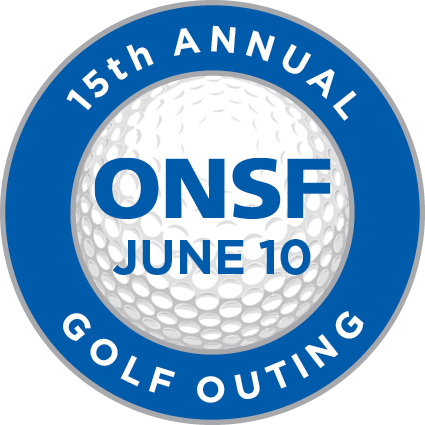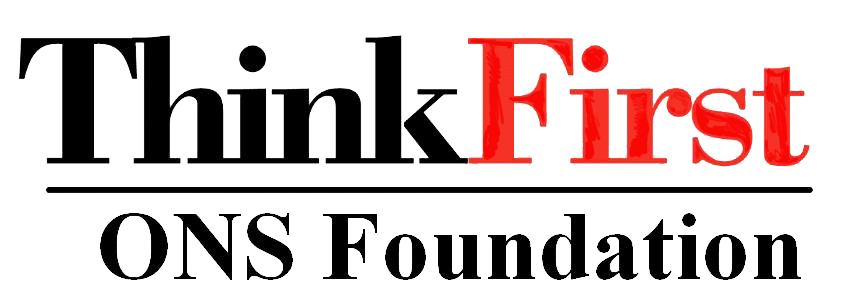Concussion
What is a Concussion?
A concussion is a type of mild traumatic brain injury caused by a bump, blow or jolt to the head or body, causing the brain to rapidly move within the skull cavity. The injury results in a change in the neurochemical balance of the brain and effects how brain cells normally work. The majority of concussions do not involve a loss of consciousness. Even a “ding” or “getting your bell rung,” or what may seem to be a mild bump or blow to the head can be serious. If a concussion is suspected in an athlete, he/she should be immediately removed from play and may not return until evaluated by a medical professional and cleared for activity. Returning too soon places an athlete at significant risk for a more serious injury.
What are the Signs and Symptoms of a Concussion?
The symptoms of a concussion fall into four categories: Cognitive, Physical, Emotional, and Sleep. The severity of these symptoms can range from mild to severe. The severity and duration of symptoms will vary from person to person. Therefore an individualized approach to managing the symptoms of a concussion is very important. The symptoms of a concussion can be felt immediately or may not be evident for a couple of days.
Center for Disease Control Concussion Signs and Symptoms
Cognitive |
Physical |
Emotional |
Sleep |
|---|---|---|---|
| Difficulty thinking clearly, confusion | Headache or ‘pressure’ in the head Fuzzy or blurry vision |
Irritability | Sleeping more than usual |
| Feeling slowed down, answering questions slowly | Nausea or vomiting Dizziness |
Sadness | Sleeping less than usual |
| Difficulty concentrating |
Sensitivity to noise or light Balance problems |
More emotional | Trouble falling asleep or staying asleep through the night |
| Difficulty remembering new information | Feeling tired, sluggish, groggy | Nervousness or anxiety |
How is a Concussion Diagnosed?
A concussion is an injury that occurs at the microstructural level of the brain and is therefore not something that can be seen on a CT of the brain or MRI of the brain (with the exception of MRI technology used in neuroscience research). A CT, however, is useful in cases of concern of a skull fracture, swelling of the brain or contusion. The majority of cases do not require a CT and caution is advised in ordering a CT unless clinically warranted.
The diagnosis of a concussion is based on the signs and symptoms reported by the parent or child and/or evident in a clinical evaluation. All concussions should be evaluated by a medical professional. The medical assessment may include measures of vision, balance, vestibular, mental health, sleep and cognitive functioning. Injury to the neck or back may also be evaluated. Cognitive testing should never be used alone as the determination of a concussion, but rather in conjunction with an evaluation of a patient’s symptoms. Commercialized tests (such as imPACT) should be interpreted with great caution, as there are limitations to such tests based on a person’s age, risk factors and the testing conditions. Commercialized cognitive tests should never be used as “the test” of concussion.
How Long do Symptoms Last?
Symptoms can last from a few hours to a few weeks. The majority of people will be symptom free within two weeks and able to resume normal activities. However, there is significant individual variability in the duration of symptoms, with some people taking longer than others to feel better. This individual variability may be related to genetic and other risk factors as well as age.
How are Symptoms Treated?
The sooner a concussion is diagnosed and treatment is initiated, the better the outcome. Physical and cognitive rest for the first few days initially following the injury is important, as well as reduction in the use of electronics, visual and auditory stimulation. Extreme isolation in dark rooms for extended periods of time is detrimental to a person’s recovery and psychological wellbeing and therefore ill-advised. Depending upon a person’s symptoms, treatment/interventions for balance, vestibular, neck/back injury, and mental health concerns will be recommended. Medication may be warranted to manage symptoms. Returning to school or work and to physical activity should follow a gradual progression plan and will depend upon a person’s symptoms. Immediately contact a child’s school in the event of a concussion. Most schools have a ‘return to learn’ concussion protocol. Partnership between the school, parent and medical professionals will be important for a smooth transition. Returning to athletic activities must be approved by a medical professional. Following a graduated return to play plan, with increases in aerobic exertion and skill training prior to release to contact activity is mandated in accordance with the CDC and state laws.
If a person’s symptoms do not improve within a couple of weeks, seek the medical advice of a professional with an expertise in concussions. Children with a history of multiple concussions, learning or attention disabilities, mental health concerns, or those with complaints lasting more than a few weeks that interfere with academic progression and emotional wellbeing, should be seen by a clinical neuropsychologist with an expertise in brain injury (visit Sports Neuropsychology Society to find a neuropsychologist in your area: www.sportsneuropsychologysociety.com; or visit the closest pediatric medical center or brain injury hospital in your area for trained neuropsychologist).
Expectation and reassurance of a full recovery is critical. Anxiety or assuming that a child or adult won’t recover will interfere with resolution of symptoms. Unfortunately, with an increase in media attention to concussions, there is a lot of misinformation about this injury as well as a significant amount of commercialization, from professionals entering the field without the appropriate expertise, to sale of ‘prevention’ gear for athletes. Prevention or testing equipment that has been ‘studied’ by the manufacturers of the item being sold rather than peer-reviewed by scientific experts is not advised. Examples include: ‘concussion proof’ helmets, helmet bands for soccer, ‘concussion-proof’ mouth guards.
Helpful Links:
Concussions in Youth and Adolescents – Keeping up with the Facts and Myths
CDC Heads up Concussion in Sports Coaches Training
CAcute Concussion Evaluation Care Plan
CDC Parent Fact Sheet
CDC Athlete Fact Sheet
CDC Coaches Fact Sheet
Return to School Sample Note – American Academy of Pediatrics







